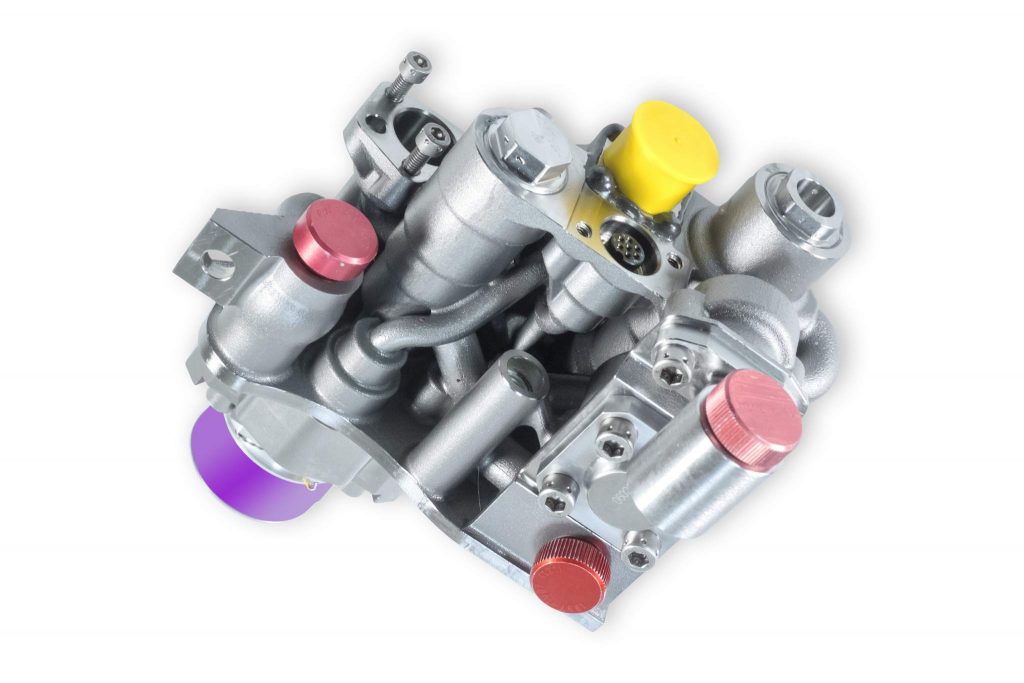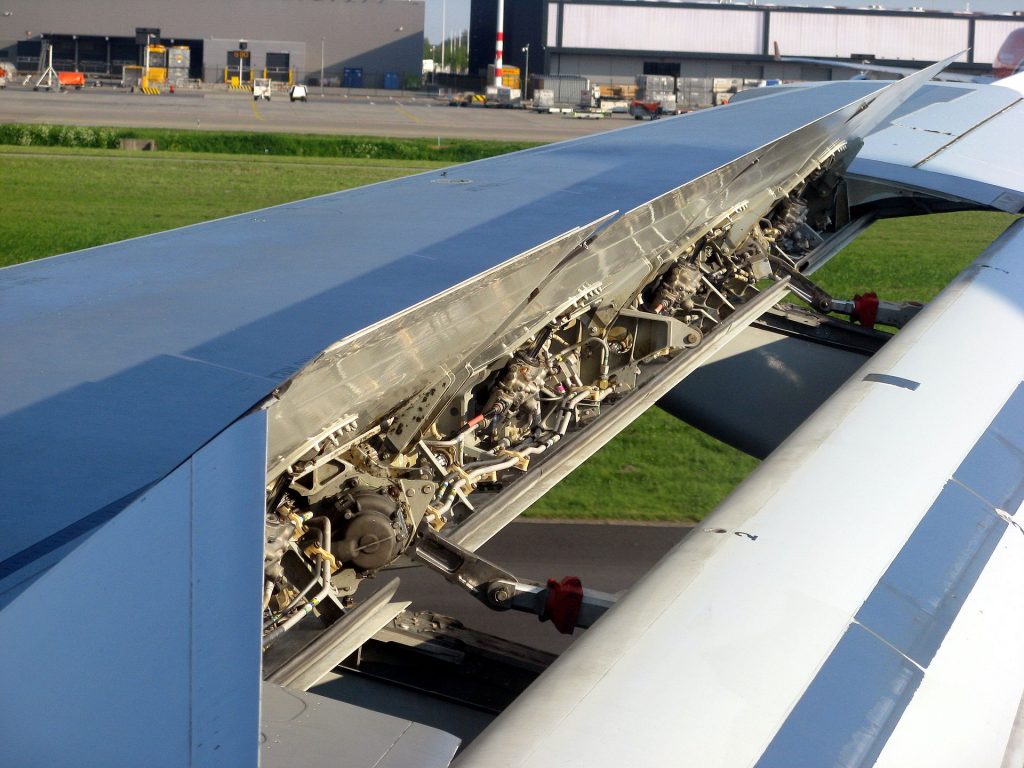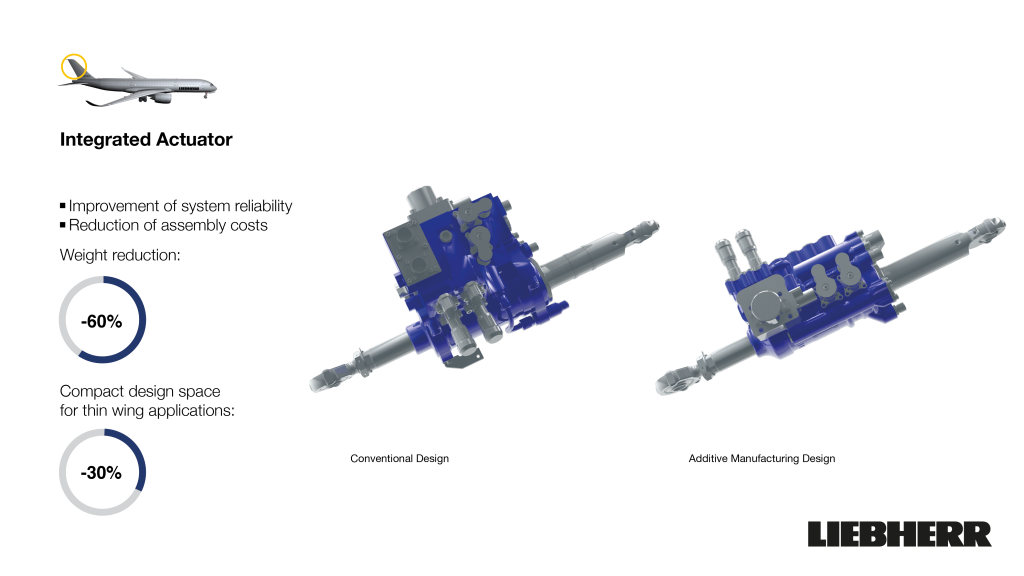The aerospace branch of the Liebherr industrial and mechanical engineering company, headquartered in Switzerland, has 3D printed a controlling part of an A380 aircraft. The hydraulic valve was developed in close collaboration with French aerospace manufacturer Airbus, and the Chemnitz University of Technology in Germany. The additive manufactured aerospace component has now been successfully trialled in a test flight of the double-decker A380 aircraft.

Improved design
The 3D printed valve block is used inside the actuator of an A380’s spoiler, activated when landing a plane to reduce aerodynamic lift. The 3D print is made from titanium and 35% lighter than the same part made through conventional milling. It is also composed of fewer parts, for a more compact and effective design.

Building on the success of the 3D printed spoiler actuator valve block, Liebherr has started work on a range of next generation hydraulic systems manufactured using additive technology. The next component in the pipeline is a 3D printed rudder actuator located in the tail of an aircraft.
The next generation of aircraft
In a statement from the company Heiko Lütjens, Managing Director & CTO Flight Control and Actuation Systems at Liebherr-Aerospace & Transportation SAS, said,
We still have quite a way to go until we can introduce 3D printing technology on a broad scale in the aerospace industry. All parts of the process chain – from the powder material, over the laser parameters, the post processing, up to the final product – need to be optimized in order to improve stability, maturity, and economic efficiency. Nevertheless, the potential and vision of 3D printing will change the way future aircraft generations will be developed.

Also working towards the future, Airbus are exploring additive manufacturing for streamlined components in the upcoming A330neo and Beluga XL planes. In collaboration with Norsk Titanium, aerospace competitors Boeing has also approved its first 3D printed structural, titanium components for use in commercial flights.
For more news on 3D printing in aerospace sign up to the 3D Printing Industry newsletter, and follow our active social media sites.
Don’t forget to vote in the first annual 3D Printing Industry Awards.
Tickets for the 3D Printing Industry Awards are also now available here.
Featured image shows an Airbus a380 double-decker airline. Photo by Francois Mori, via Airnation.net



